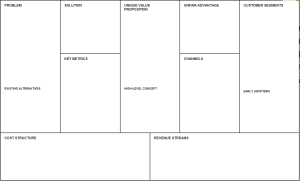Announcements
- Winter Show materials due on Shared Drive by Dec 3 in prep for Winter Show Dec 5
- Final Written Thesis Proposals are due by next Friday, Dec. 12
- Final Presentations are on Monday, Dec 15 from 8:00-10:50
Winter Show Logistics
- Please submit your materials to the Shared Drive before Wed, best to do so in class today.
- We’ll meet in AIMM 202 at 5:00 pm on Friday to set up & label your balloon
- The Senior show will begin at 5:30 and go to 6:30
Update Slides
Let’s take a few minutes to update our slides from last week to meet the new template requirements. Here’s the template on the Google Community.
Written Proposal Template
Here’s the general outline of your Capstone Thesis Proposal for your review. Your Final Proposal should be 1,200 or more words, and include references, diagrams, concept art or other visuals to support your thesis. Also, follow these guidelines when polishing up your document.
Final Presentation
On Dec 15, you’ll present your Final Project Proposal using materials you developed in class over the course of the semester, including your one-time assignments, prototypes and feedback you received during the Winter Show. Please follow these guidelines for an effective presentation.
Course Evaluation
Course evaluations are now electronic. Please complete the course evaluation in PAWS before Dec. 5th.

